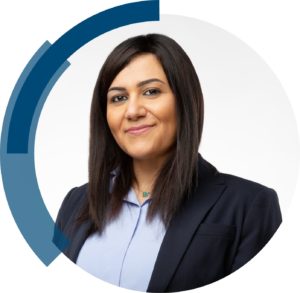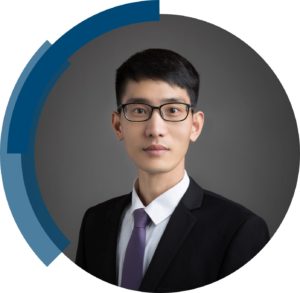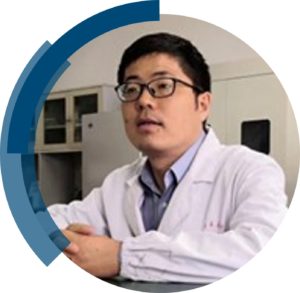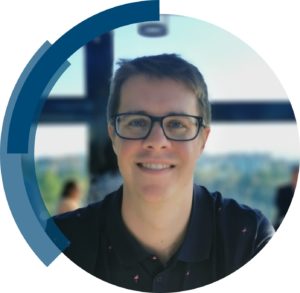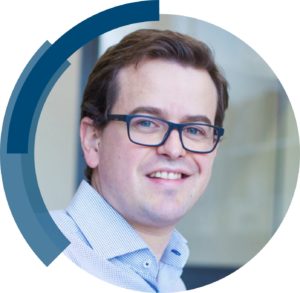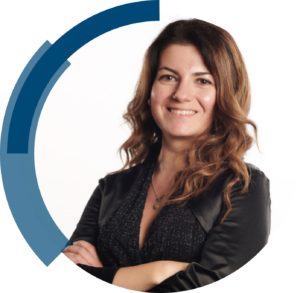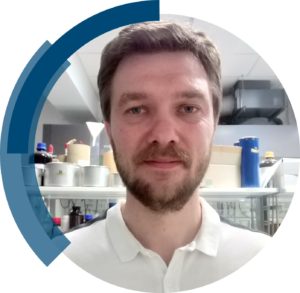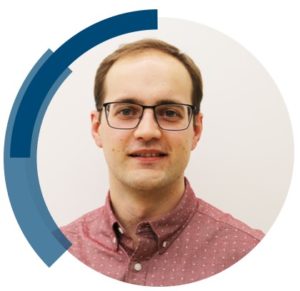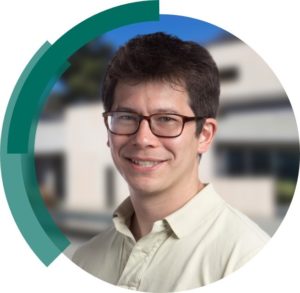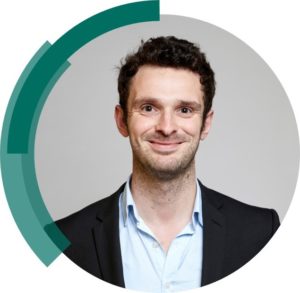We are excited to share the success of Cameron Bentley’s first-time independent article in ChemComm; ‘Direct electrochemical identification of rare microscopic catalytic active sites‘ included in the full milestones collection.
Read our interview with Cameron below.
What are the main areas of research in your lab and what motivated you to take this direction?
My groups research centres on green energy conversion and storage, specifically on developing a working understanding of the relationship between materials nanostructure and function (e.g., catalytic activity, stability, selectivity etc.). We have developed a suite of nanoscale electrochemistry (nanoelectrochemistry) techniques that provide a very different view of electrodes and electrochemical processes, allowing us to “see” catalytic active sites during operation, which we further relate to the materials underlying chemistry and structure to assign the fundamental structure-property relationship(s). We believe that accessing this information will accelerate materials discovery and further facilitate the rational design of “next-generation” materials with enhanced function, which are both critically important goals in the field of materials science.
Can you set this article in a wider context?
Nanostructured electrochemical interfaces are found in diverse applications ranging from electrocatalysis and energy storage to biomedical and environmental sensing. These functional materials, which possess chemical and structural heterogeneity on wide range of length scales, are usually characterised using “bulk” electrochemical techniques which provide limited information on—or worse, may even obscure—the nature of the underlying (catalytic) active sites. This work showcases a new approach, based on local voltammetric analysis with a scanning electrochemical droplet cell technique, in combination with a new data processing protocol (termed data binning and trinisation), to directly identify never-before-seen catalytic active sites on the basal plane of molybdenum disulfide (2H-MoS2). The introduced approaches are generally applicable and understanding the nature of (sub)microscopic catalytic active sites, such as the nanoscale “electrocatalytic hotspots” identified herein, is crucial to guide the rational design of next-generation earth-abundant materials for renewable fuels production.
What do you hope your lab can achieve in the coming year?
We would like to expand our cutting-edge nanoelectrochemistry approaches (such as those introduced herein) to investigate the structure-activity-selectivity relationships associated with more complex electrochemical reactions (e.g., the electrochemical reduction of CO2) and electrode materials (e.g., single nanoparticles).
Describe your journey to becoming an independent researcher.
My BSc was a co-major in biochemistry and chemistry at Swinburne University of Technology, Australia. I remember being quite torn between these two important and interesting areas, until I undertook a summer research project at CSIRO (Australia), looking at corrosion (and corrosion protection) in carbon capture and storage pilot plants. This ignited my passion for electrochemistry and sustainable energy technologies, leading me to take up a Swinburne/CSIRO co-supervised Honours project on positive electrode current collector corrosion in lithium-ion batteries. I really embraced the research during my Honours year, and a PhD seemed like a natural choice, which I carried out at Monash University on the topic of “Electrode reaction and mass-transport mechanisms associated with the I⁻/I₂ and H⁺/H₂ redox couples in ionic liquid media”, supervised by Profs Alan Bond and Jie Zhang.
After graduating at the end of 2015, I moved abroad and took up a position at the University of Warwick, UK, working with Prof Patrick Unwin in the Department of Chemistry. Over a period of 4.5 years, I was funded by a succession of Fellowships (Endeavour, Marie-Curie and Ramsay), which granted me a great degree of academic independence, allowing me to collaborate widely and take my research in significant new directions within this fresh environment, notably towards the emerging areas of nanoelectrochemistry and single-entity electrochemistry.
It was on these topics that I prepared my successful DECRA Fellowship application, which I took up at Monash University in November 2020. This is my first independent position and I currently lead a small group of 4 PhD students (2 as primary supervisor, 2 as secondary) and 2 Honours students within the School of Chemistry. I am very happy to be back in my home country and believe that we (my group and I) are well-positioned to lead the rapidly emerging nanoelectrochemistry field, as it continues to expand.
What is the best piece of advice you have ever been give?
The best advice I have received is probably to trust my feelings of intuition (“trust your gut”) with respect to research (and people!). Of course, there is a fine line between being assertive with our ideas and being stubborn or hard-headed, but I think it is an important lesson for early career researchers trying to “find their niche”.
Why did you choose to publish in ChemComm?
I am a regular reader of ChemComm and believe that is an excellent journal. The time commitment for reading is relatively low, while the potential rewards are high, as ChemComm tends to publish very cutting-edge research in my areas of interest (e.g., electrochemistry, materials science and nanoscience).
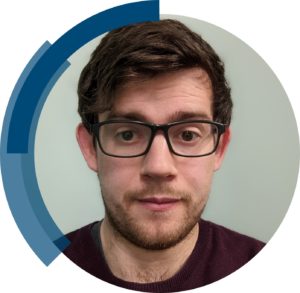 |
Dr Cameron L. Bentley obtained his PhD from Monash University, Australia (2012 – 2015) and worked as a (Senior) Research Fellow at the University of Warwick, UK (2016 – 2020), supported by subsequent Endeavour (Australia), Marie Skłodowska-Curie (EU) and Ramsay Memorial (UK) Fellowships. Currently, he is an ARC DECRA Fellow at Monash University and his research centres on combining cutting-edge electrochemical imaging techniques (a unique capability that is only available in his laboratory, within Australia) with co-located microscopy/spectroscopy to solve contemporary structure−function problems in electromaterials science. Cameron has published >50 peer-reviewed articles and is the recent recipient of the Early Career Analytical Electrochemistry Prize of ISE Division 1 (International Society of Electrochemistry).
Twitter: @CL_Bentley |
Explore more ChemComm Milestones news and updates on our Twitter: @ChemCommun
Comments Off on ChemComm Milestones – Cameron Bentley


